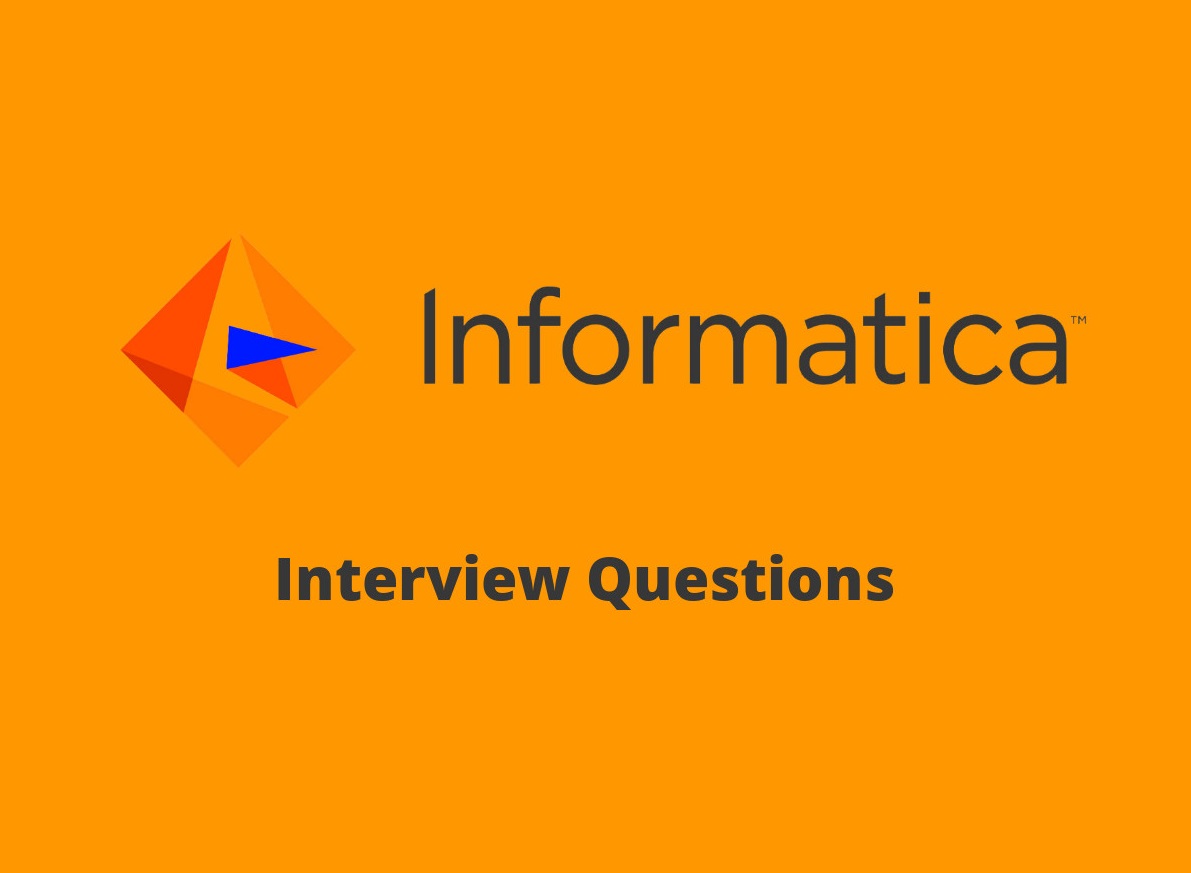Informatica: Introduction
Informatica is actually a power center. It is widely used as an information, extraction, transformation, and loading tool. It is further used to build an enterprise data warehouse. The components, which are located within Informatica help in extracting data from its sources and further using it for business requirements. But in order to use the data for business requirements, you need to convert it first. And finally, the data is loaded onto a target data warehouse.
Informatica: Career Prospects
Informatica has got the widespread ability in terms of efficient data processing, data partitioning, and bulk extraction. This altogether contributes to the maximum quality work at any large-scale organization. Almost maximum of business domains utilize Informatica tools and thus career prospects are endless in the field of Informatica. But in order to land a good job in Informatica, you need to successfully crack Informatica interview questions.
Cracking Informatica Interview Questions
Cracking Informatica interview questions is not exactly rocket science. No doubt since the web world is rapidly evolving, there are more and more challenges in the Informatica field. And you need to understand that you will not be ever able to know it all. What you need to do is brush up on your foundation. Try to know and understand your basics. Clear up the basic know-how of Informatica and this will help you to get an upper hand in the Informatica interview. Also, be open and honest about what you know and what you don’t know. This will give a clear picture of the mind of the interviewers. But you must display a learning attitude. Make sure that you always tell the interviewer that you are willing to learn new things and incorporate new skills which will further help you in your personal and professional growth.
Following is the list of some Informatica Interview Questions and their answers.

